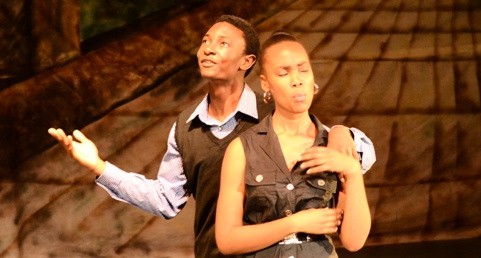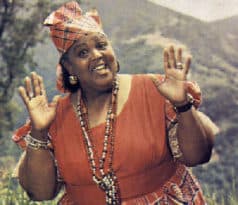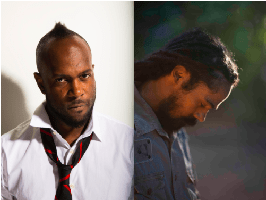Grenada celebrates its heritage with annual carnival
ST. GEORGE’S, Grenada – Grenada issues a special invitation to all visitors to join the party from August 6th – 15th when Grenada hosts Carnival 2006.
This annual event, which features Calypso and Soca Monarch competitions, Panorama Championship, and a masquerader competition, is undoubtedly Grenada’s most popular and influential summer festival.
Grenada’s annual carnival is a one-week celebration that encompasses the island’s French and African traditions. Visitors and residents parade alongside costumed revelers by day and join in street jump-ups at night. During the latter portion of the Parade of the Bands, visitors are allowed to take part in a ‘Las Lap’ jump-up with hundreds of masqueraders parading through the streets of Grenada.
The tradition of Carnival began hundreds of years ago in Italy when Catholics held wild costume parties before the first day of Lent. Traditionally, during Lent, Catholics were forbidden to eat meat so the festival was called “carnevale,” meaning, “put away meat.”
This tradition quickly spread to other European countries that brought it to the Caribbean.
During the days of slavery, carnival became a way by which slaves could openly mock their colonial masters.
The costumes worn during carnival have a much deeper meaning than one might first think. Parading through the streets in costumes and masks is an African tradition believed to bring good fortune, heal problems and help settle the spirits of friends and family members that have passed away. Feathers represent a human’s ability to rise above problems, pain, heartbreak and illnesses, while natural objects like bones, grass, beads and shells represent a spiritual force.
Steel drum music is an integral part of Grenada’s Carnival celebration. This music dates back to 1941, and uses the surface of a steel drum made concave and beaten to make musical notes. The steel drum is often heard in calypso music, which can be traced back to the arrival of African slaves brought to work in the sugar plantations of Trinidad and Grenada.
Forbidden to speak to one another, the African slaves began to sing songs, now called calypsos, as a means of communication. Soca is a similar form of music that remains intensely popular in the Caribbean. Soca is Caribbean dance music originating in the West Indies. The word ‘Soca’ comes from the words “soul” and “calypso” showing the music’s roots as a blend of American soul music and Caribbean calypso.
Many notable bands are scheduled to perform throughout Grenada’s Spicemas Carnival 2006. Apart from the Panorama, and Soca Monarch Competition, which are held days prior to the actual Carnival holidays, the event schedule for 2006 is as follows:
Sunday, August 6th: KAISOCA Competition
Monday, August 7th: Groovy Soca Monarch Show
Sunday, August 13th, 2006 Dimanche Gras – A Calypso Competition featuring the best lyricists and social commentators in the calypso arena in Grenada.
Monday, August 14th, 2006
J’Ouvert – Street theatre with traditional or Ole Mas presentations. Here visitors will witness the original Jab Jab, Vekou, Wild Indian, Perrotte, Apache and various forms of Grenada Mas, music and chants. Pageant – This event features the fancy bands and costumes, with masqueraders parading through the streets of St. George’s to the chosen venue for judging. Monday Nite Mas – This event in St. George’s begins around 8:00 p.m. The night bands parade through the streets of the capital city together with steel bands and supporters.
Tuesday, August 15th, 2006 Carnival – This event features the Parade of the Bands through the streets of Grenada. The official parade begins at 1:00 p.m. In the evening, visitors can “jump-up” in the streets to the sounds of steel band and local DJs as everyone enjoys a ‘Las Lap.’



